Photographer's Moral Dilemma: Help or Do Your Job
Categories: Society
By Pictolic https://pictolic.com/article/photographer39s-moral-dilemma-help-or-do-your-job.htmlThe topic of the moral aspect of the work of a reportage photographer has been discussed more than once in the professional community and in the media, and is even raised during training. What is more important: to catch a shot that is unique in terms of its impact or to lend a helping hand to the hero of the shooting, who, perhaps, is on the verge of life and death? What is it like to witness a murder, film a crime? Some photographers have come under real harassment because of their choice. After all, the essence of reporting is to document what is happening without interfering.
2016 Pulitzer Prize winner for News Photography Sergey Ponomarev is one of those photographers who are ready to lend a helping hand. Are others ready?
(Total 9 photos)
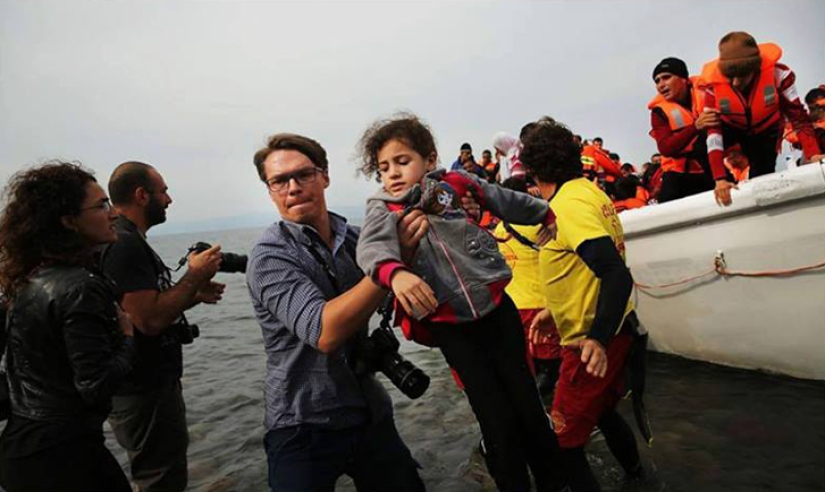
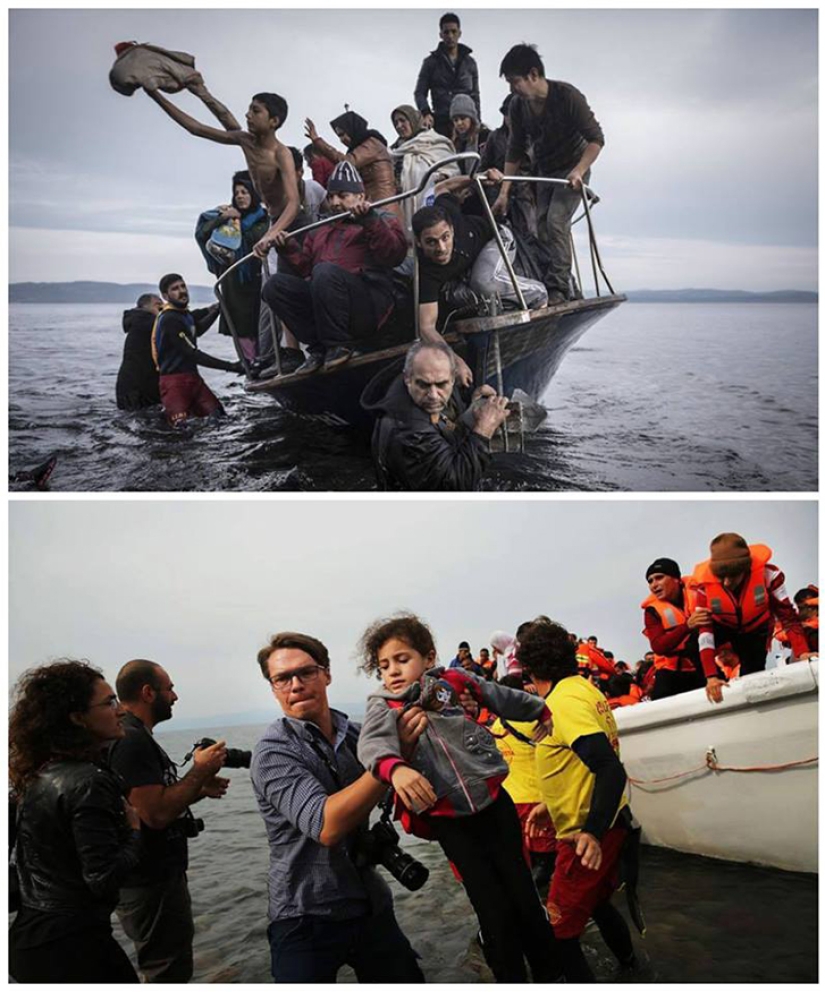
Sergei Ponomarev filmed how refugees landed in boats on the shore of the island of Lesbos. He also found the time and energy to help them.

Photographer Greg Marinovich was at a guest worker's hotel in South Africa when all the men suddenly ran, grabbing sticks, bats and other tools. He ran after them. 15-20 people tried to break into the room, where a representative of another tribe had barricaded himself. They broke down the door, but the pursued ran out into the street. The aggressors overtook him and beat him to death with knives, sticks and bats. The photographer took it. At the end, the killers did not try to attack the photographer, but asked them to take pictures.
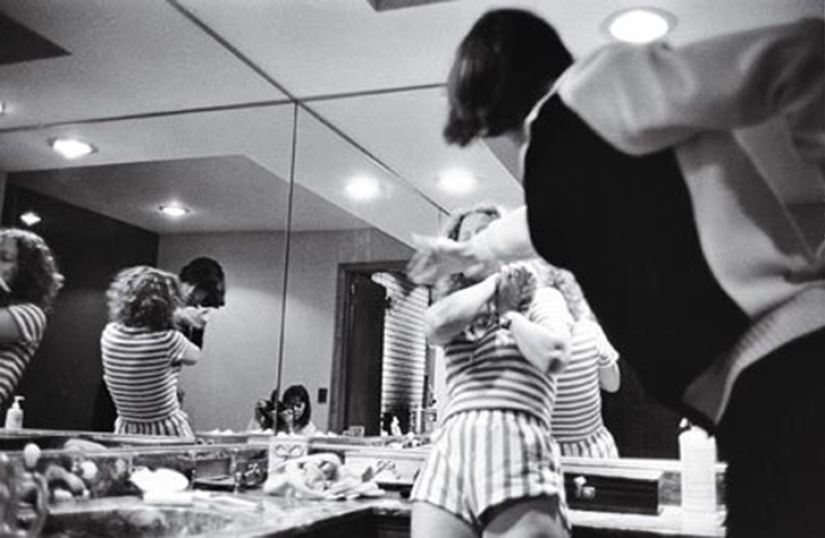
Donna Ferrato filmed domestic violence in 1988, trying to penetrate the lives of married couples. She lived with her young daughter in the house of a married couple (pictured). Once the photographer heard a woman scream at 2 am, left the child downstairs and ran upstairs with the camera to the spouses in the bedroom. She saw that the man was ready to hit his wife and took a picture. “I thought that if I didn’t film it, no one would believe that it really happened,” says Donna. When she saw that the husband was about to hit his wife a second time, she dropped the camera and grabbed the man's hand, trying to prevent the hit. He pushed the photographer away, saying that this was his wife and he knew better how to teach her to stop lying, but from that moment he stopped hitting her. A series of photographs about domestic violence I Am Unbeatable was released in the form of an album.
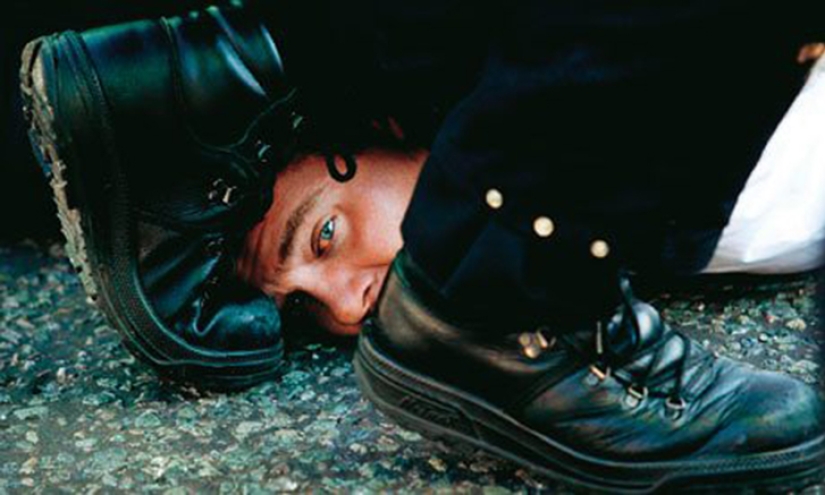
Graham Robertson filmed police clashes with Scottish protesters. He saw a guy pressed to the pavement, and pointed the lens at him. He began to ask for help, but the photographer just took pictures, and the guy was tied up. After this incident, Robertson thought a lot about whether a photojournalist should interfere in what was happening, and came to the conclusion that it is better to avoid it, because you do not know how things really are and what the true essence of the conflict is. The photographer says that his colleagues often get into big trouble by lending a helping hand.
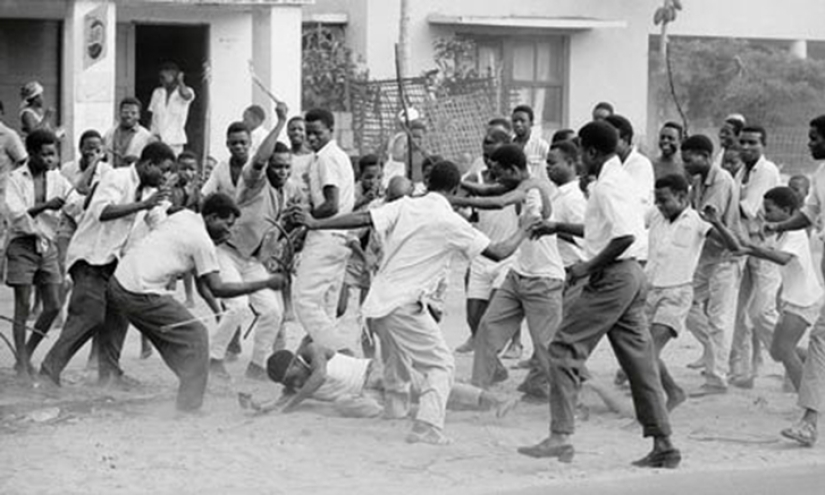
Ian Berry witnessed a stone-throwing in the Congo. A man from another tribe went into the wrong territory and was beaten by the mob. He lay on the ground exhausted, and Ian continued to shoot. As the photographer later admitted, it never occurred to him to help then. He and his colleagues were white among Africans and completely alone, unaccompanied. The other photographers didn't even get out of the car. If he tried to help, it is not known how it would all end for him.
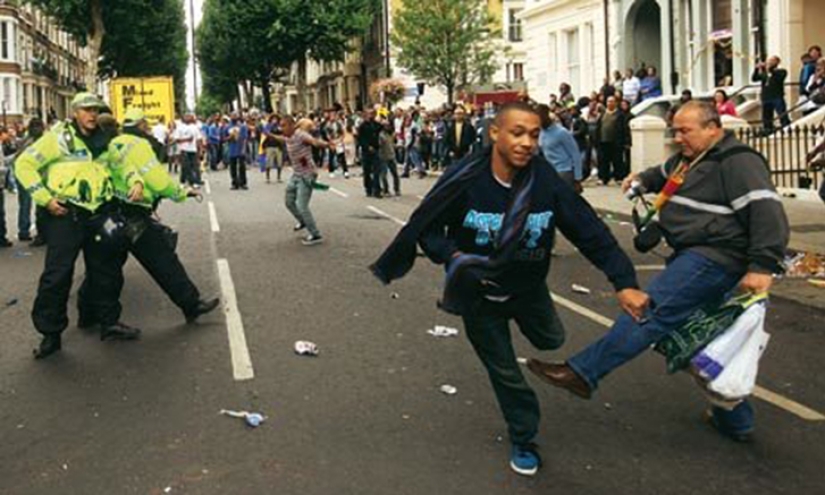
Oli Scarff was sent to film the carnival in Notting Hill. At some point, he saw four men running and ran after them. The photographer acted on the principle of “shoot first, deal later” and captured the attack with a knife from the very beginning until the ambulance arrived.
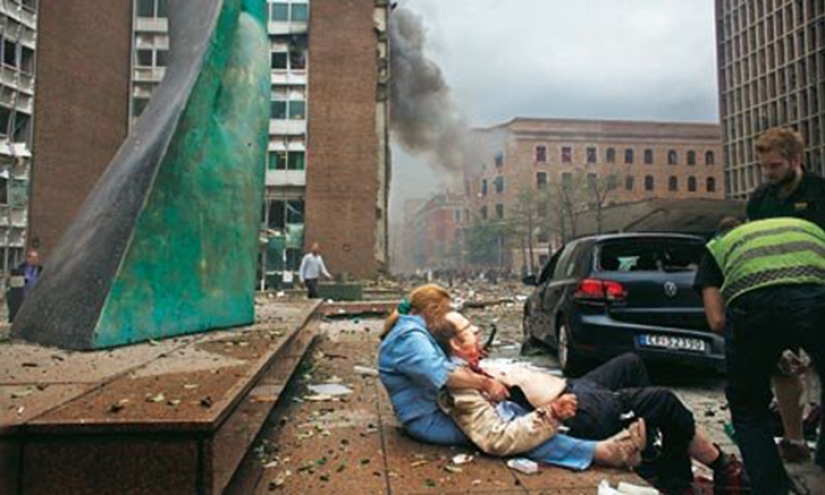
Hampus Lundgren was a freelance photographer who took a summer job at a newspaper near the government quarter in Oslo. When the bomb exploded, he saw a fireball, felt the blast wave. Glass was shattered in the building. The office was evacuated. Hampus grabbed the camera and ran through the areas hit by the explosion. He was afraid of another explosion and collapse of buildings, so he gave himself 10-15 minutes to shoot and then run to safety. According to the photographer, he experienced a strong adrenaline rush and does not remember how he took pictures. When he took this shot, he thought that he did not know how to give first aid and the best thing he could do was capture the moment for other people to see. After a couple of weeks, he found this married couple to see how they were doing. The man was severely wounded by shrapnel and had his right leg amputated. The couple said they were very angry because the first thing they saw after the explosion was a photographer taking pictures of them. But then they were grateful to Hampus Lundgren for documenting everything.
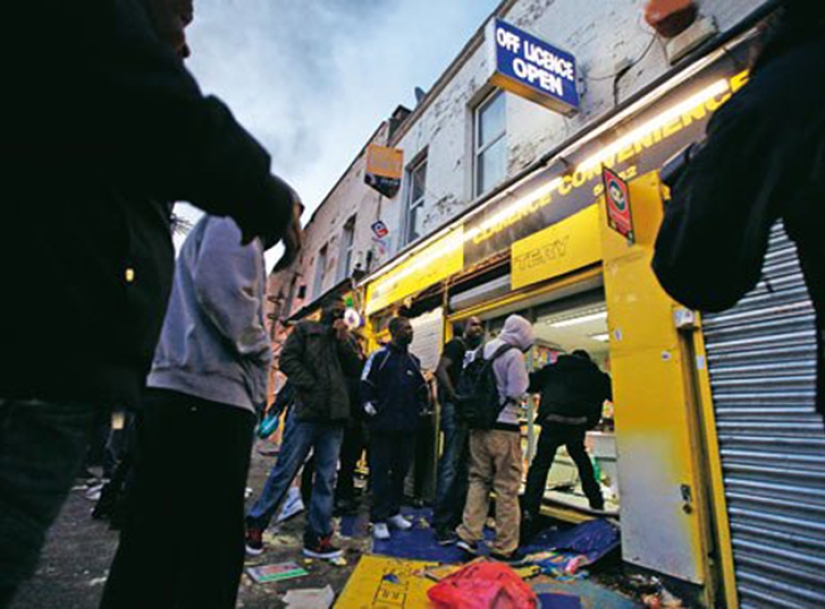
Kerim Okten filmed the attack of looters on shops during the riots in London. One of the attackers suddenly began to ask him: “Why are you filming me? Did you ask me for permission?" According to Kerim, they were so aggressive that he and other photographers had to retreat. Kerim wanted to scream for them to stop, but he was afraid. He just continued to shoot like the rest of the photographers. Periodically, they said to each other: "Someone has to make them stop." But no one dared, and everyone waited a long time for the police. “Life teaches that if you intervene in such violence, it will not stop it, only more people will suffer,” says Kerim.
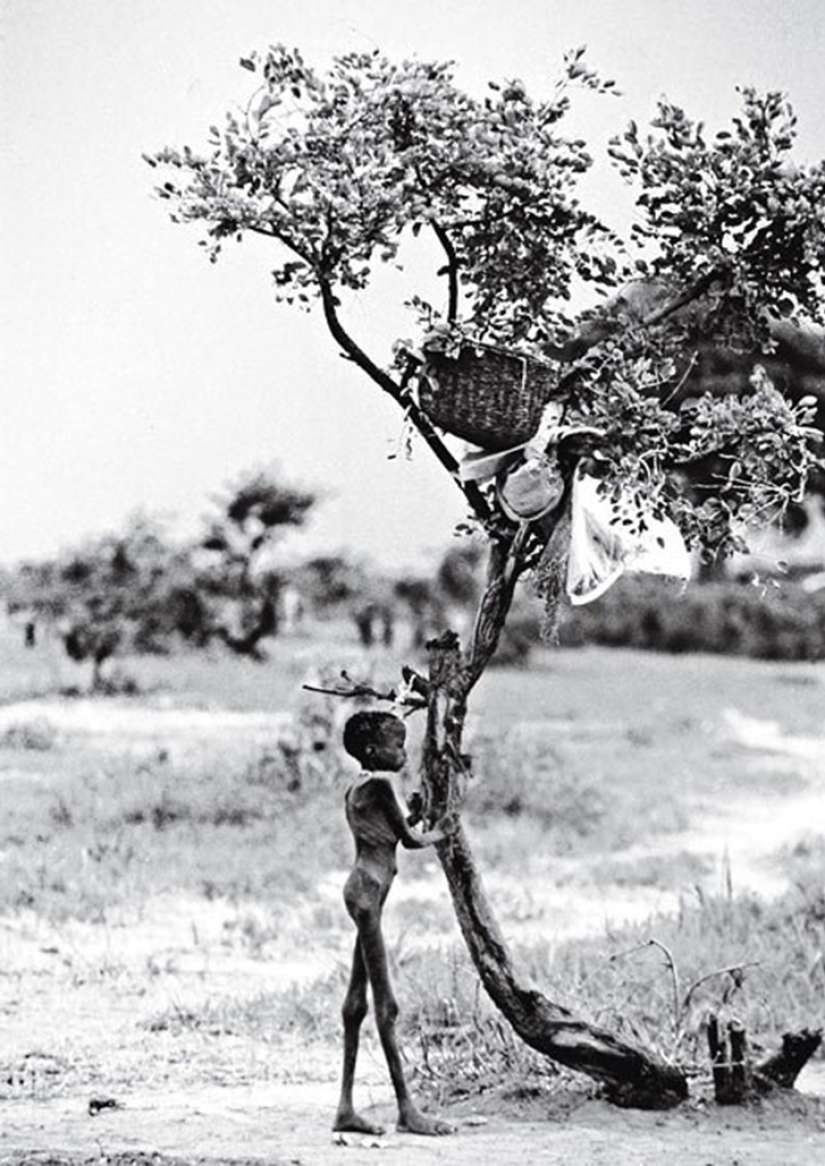
Radhika Chalasani filmed a famine in Sudan. She decided for herself that although the rules of the reportage photographer did not recommend interfering in the course of events, she would act in accordance with her moral principles. Radhika tells how she filmed a mother carrying an emaciated child to a nutrition center: at some point, passers-by stuck to this mother and began to tell her what position to take, how to hold the child. The photographer asked the interpreter to tell them to stop and for the mother to carry her child further to the humanitarian center. “I think our main task is to make history understandable. Sometimes when you think you're helping, you're actually only making things worse. As for me, I try to do only what I can live with later.
Keywords: Duty | Morality | Help | Profession | Photographer | Photojournalism | Photo essay | Photojournalist
Post News ArticleRecent articles

St. Petersburg artist Boris Groh (Groh Boris) paints a grim and mysterious creatures in the dark Russian streets. And they seem to ...

If you think that sleep disorders are a problem of a modern person, then you are deeply mistaken. Insomnia has tormented people at ...
Related articles

With pain in the back in our days many. Lately, because of the quarantine and transition to remote work, this problem became even ...

Carolyn Mara Borlenghi (Carolyn Mara Borlenghi) is an American photographer from Miami. She was born in 1979 in Italian family who ...

Usually, a caesarean section is performed when a woman in labor cannot give birth on her own. The decision on such an operation is ...

The passion for adventure pushes people to act rashly. It’s good if in this way you get bruises and bumps, which turn into ...